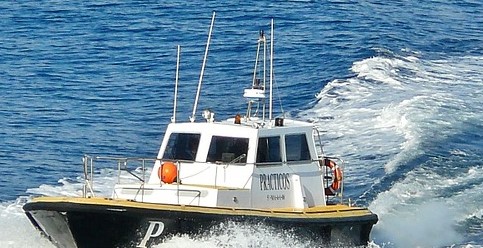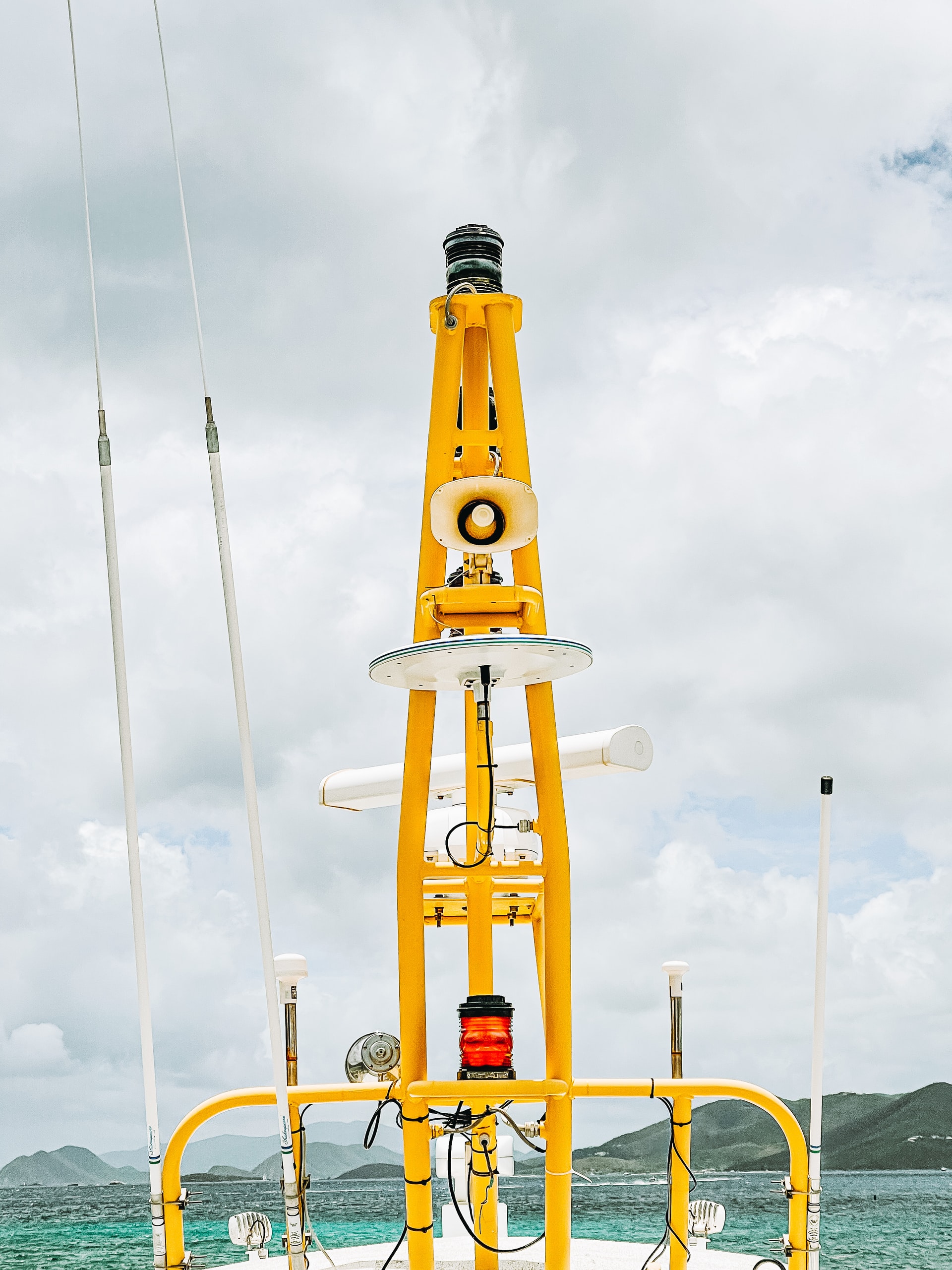VHF marine radio transmission range and antenna gain

Recreational marine VHF antennas are usually broken down into three categories: 3- or 4-foot sailboat antennas (3dB gain), 8-foot powerboat antennas (6 dB gain) and 16-plus-foot, long-stick antennas (9+ dB gain). The antenna gain is a ratio related to an antennas effective radiated power (ERP) instead of a fixed quantity value.
An antennas decibel rating can be thought of as the design of its transmit and receive footprint, or its radiation pattern. A 3dB gain antenna has a nice circular transmit and receive pattern, whereas a 6dB gain antenna operates in more of an oval vertical plane.

For every 3dB increase in antennas gain rating, the effected radiated power of the antenna doubles. Thus, a 6dB gain, 8-foot VHF antenna has double the ERP of a 3dB gain sailboat antenna, and the elliptical shape of the signal radiation pattern of a 9dB gain long stick antenna has three times the ERP of the 3-foot sail antenna.
A 9dB gain antenna will communicate further than a 3dB or 6dB gain antenna mounted at the same height abovedeck, on a calm day. But with the increase in antenna gain, attributed to the antenna elongated radiated beam pattern, comes a tradeoff of signal fading when in a rolling sea. Because the beam pattern of a 9dB gain antenna is elongated, when a vessel rolls, the service area of the 9dB gain antenna dips toward the waterline and effectively puts VHF communications out of range until the antenna is once again level with the horizon.

Communication in the 150Mhz marine VHF band is strictly line of sight. And although it is important to install an antenna that has as much gain as your particular vessel can physically and practically support, antenna height remains the single most important factor in the effective transmission of VHF signals. A 3dB gain antenna on top of a sailboat mast will easily outperform a 6dB gain antenna on a center console powerboat.
To determine the communication range expressed in miles, you take the square root of the height of the VHF antenna above the waterline and multiply it by a factor of (1.42). Do this same calculation for the shore station or other boat that you are trying to talk to and add the two numbers together to arrive at the maximum distance that the two radios can communicate.
Mounting an antenna higher on a boat will usually require a longer coaxial cable run, and a long coaxial cable means increased signal loss. Adding elevation will outweigh these signal losses. Ideally, however, you should select coaxial cable that keeps signal loss to less than 2.2 dB.






